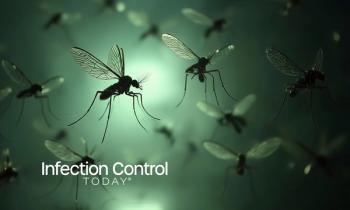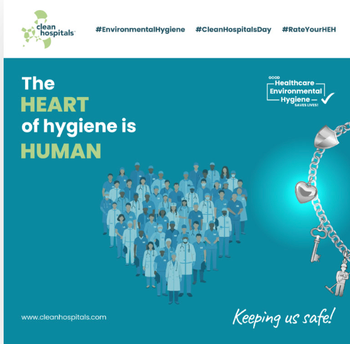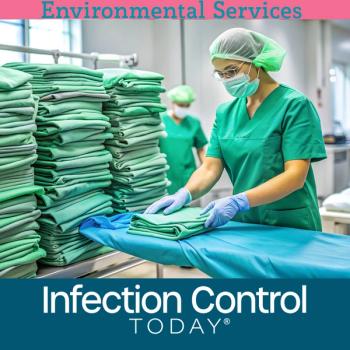
Alert for Infection Preventionists: CDC Reports Rise in Invasive Meningococcal Disease Cases, Urges Vigilance
The CDC has sounded the alarm on a sharp rise in invasive meningococcal disease cases, notably linked to Neisseria meningitidis serogroup Y. Health care providers are urged to stay vigilant.
CDC has issued a
This uptick has been observed in the US, with 422 reported cases in 2023, marking the highest annual number since 2014. Among the reported cases, a specific meningococcal strain, sequence type (ST) 1466, has been identified as the predominant cause of serogroup Y infections. In 2023 alone, ST-1466 was responsible for 68% of the reported serogroup Y cases across the country.
Infection Control Today® (ICT®) spoke with Maureen Spencer, MEd, BSN, RN, CIC, FAPIC, independent infection preventionist, to get some insight on the HAN.
“The CDC has issued a Health Alert Network (HAN) Health Advisory regarding an alarming increase in invasive meningococcal disease, primarily associated with Neisseria meningitidis serogroup Y," Spencer told ICT. "As of March 25, 2024, 143 cases have already been reported for the current calendar year. This strain disproportionately affects certain populations:
§ Age Group: 65% of cases occur in people aged 30–60 years.
§ Ethnicity: 63% of cases are observed in Black or African American individuals.
§ Health Condition: 15% of cases involve people with HIV.”
What is meninogoccal disease? Is it lethal? “Meningococcal disease is a severe illness, and immediate antibiotic treatment is critical,” Spencer said. “Health care providers should maintain a high index of suspicion for meningococcal disease, especially among populations disproportionately affected by the current increase. Ensure that all individuals recommended for meningococcal vaccination, including those with HIV, are up to date with their vaccines.”
For infection preventionists and health care providers, the key takeaway is a need for heightened awareness, early recognition, and prompt initiation of antibiotic treatment for suspected cases of meningococcal disease. It is also essential to continue submitting meningococcal isolates to the CDC for whole-genome sequencing and antimicrobial susceptibility testing.
What is particularly concerning is the clinical presentation of these cases. Unlike the classic symptoms of meningitis, a significant number of patients infected with the ST-1466 strain presented with bacteremia (64%) or septic arthritis (at least 4%). Tragically, the case-fatality rate for these cases stood at 18%, higher than the historical rate of 11% reported for serogroup Y cases during 2017–2021.
This spike in meningococcal disease, especially among vulnerable populations, calls for a heightened level of vigilance among healthcare providers. The CDC advises health care professionals to maintain a suspicion for meningococcal disease, particularly in those demographics most affected by the current rise.
Infection prevention personnel are urged to be aware that patients with invasive meningococcal disease may not always present with typical meningitis symptoms. Instead, they may exhibit signs of bloodstream infection or septic arthritis, emphasizing the need for a comprehensive clinical evaluation.
Furthermore, it is crucial for all individuals recommended for meningococcal vaccination, including those with HIV, to ensure they are current with their immunizations. The MenACWY vaccines are routinely recommended, especially for adolescents and those with underlying medical conditions.
For infection preventionists and health care providers, the key takeaway is a need for heightened awareness, early recognition, and prompt initiation of antibiotic treatment for suspected cases of meningococcal disease. It is also essential to continue submitting meningococcal isolates to the CDC for whole-genome sequencing and antimicrobial susceptibility testing.
As the CDC continues to monitor and investigate this rise in invasive meningococcal disease cases, health care providers are advised to remain informed, collaborate closely with public health departments, and take proactive steps to protect their communities.
The public is encouraged to seek immediate medical attention if they or their children exhibit symptoms of meningococcal disease, such as fever, severe headache, stiff neck, nausea, vomiting, or a dark purple rash. Discussions with health care providers about recommended meningococcal vaccines are also highly encouraged to prevent the spread of this serious and potentially life-threatening illness.
Newsletter
Stay prepared and protected with Infection Control Today's newsletter, delivering essential updates, best practices, and expert insights for infection preventionists.





